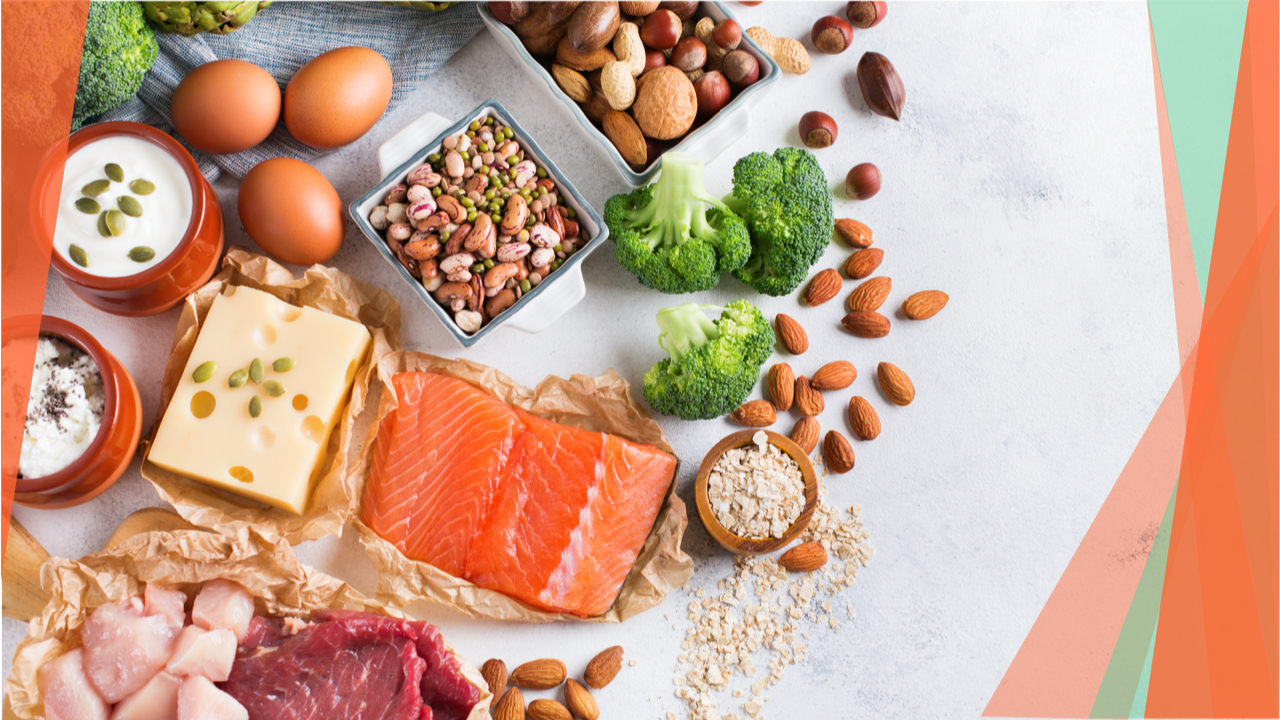Why Women Need to Prioritize Protein
Jul 22, 2022
The right amount of this essential macronutrient keeps your female physiology working its best.
Building and maintaining muscle is essential not just for performance but also for health and longevity. Lower muscle mass is associated with increases in metabolic syndrome and cardiovascular disease, and muscle mass is inversely related to death by any cause, meaning more muscle helps you live longer, and better. It also helps keep you independent as you age.
Building muscle means resistance training, of course. But that’s just half the equation. To build skeletal muscle it’s essential to eat enough protein, which provides the amino acids you need and prompts your body to increase muscle protein synthesis or the process of repairing muscle tissue and building new muscle.
Want to learn which protein to get?
There's a Microlearning for that (incl 20% discount until 1 Aug)
How Your Sex Hormones Impact Your Protein Needs
Adequate protein is especially important for women. Our hormonal fluctuations often put us in a catabolic state, so depending upon our menstrual cycle and menopausal status, we may be more inclined to break down than to build muscle.
Women should pay attention, especially after ovulation and during the luteal (high hormone) phase after ovulation when progesterone rises. Progesterone breaks down protein (as well as carbohydrates and fats) to provide amino acids as the building blocks for the uterine lining. We need slightly higher doses of protein in times of elevated progesterone to mitigate those effects and maintain our muscle mass.
During peri and post-menopausal years, our sex hormones begin to fluctuate and decline, and we lose the anabolic (muscle-making) stimulus that estrogen helped provide. So we need more protein to pick up the slack where our hormones left off. Research also shows that with age, we also need more protein for the same training adaptations.
How Much Protein Do Active Women Need?
Whether you’re a strength or endurance athlete, you need plenty of protein to support your training and recovery.
Broadly speaking, women should aim for 1.7 to 2.4 grams of protein per kilogram of body weight per day. (1 kilogram = 2.2 pounds, so to figure your weight in lbs to kg, just divide by 2.2.) Women in the menopause transition should target the higher end of that range (2.2 to 2.4 grams per kilogram), aiming for the lower end on easier days and the higher end on very heavy training days. Research also indicates that when undergoing a calorie deficit, higher levels of protein intake help you keep your lean mass, and lose body fat.
Equally important as how much protein you eat is when you eat it. Your body responds best to an even protein distribution throughout the day. Pre-menopausal women should aim for 30 grams of high-quality protein within 30 to 45 minutes after exercise and regular doses of 30 to 40 grams of protein at each meal and 15 to 20 at your snacks. As you reach peri and postmenopause, your anabolic resistance increases, so you want to aim to have that post-exercise protein closer to 40 grams.
By making sure you’re taking in regular doses of protein throughout the day, you’ll maintain a good nitrogen balance (i.e. the equilibrium between protein intake and losses) for lean mass development. This will help improve your recovery, reduce post-exercise soreness, and lower your risk for injury as well.
How to Meet Your Protein Needs
When women hear how much protein they need, their eyes often get big and they say, “How?? How can I get that much protein?” It’s actually easier than you think. If you eat animal-based protein chicken, beef, or pork provide about 30 grams per 4-ounce serving. One cup of 2 percent cottage cheese is also about 30 grams, as is one 3.5-ounce can of tuna. Low-fat Greek yogurt contains about 20 grams per cup; adding nuts and seeds brings you to about 30 grams.
If you are plant-based, you can meet your protein needs with soy foods like tempeh, edamame, seitan, as well as nuts and seeds (and nut and seed butters) and beans and legumes. A blender is also your friend here. You can blend 3 to 4 ounces of tofu with nut butter, frozen cauliflower, and hemp and chia seeds to get a completely vegan 30-gram protein hit.


